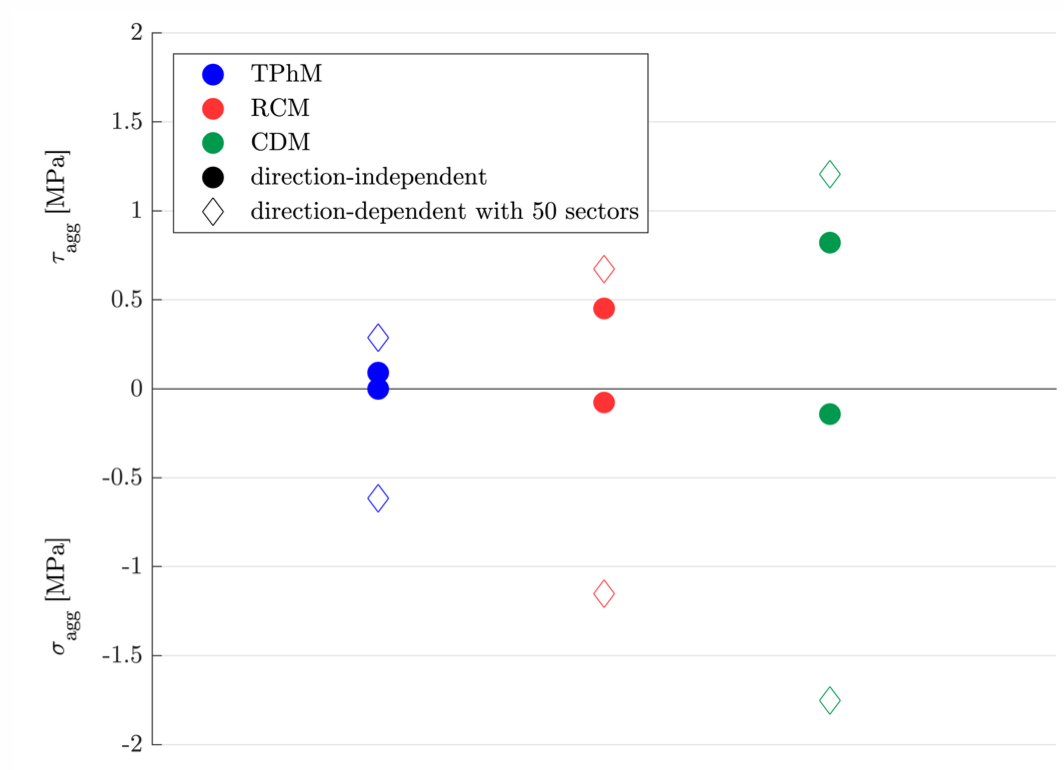Stress transfer across cracks in slightly reinforced concrete panels subjected to shear
Aggregate Interlock Analysis
Author: Lea Bressan
Language: English
Abstract
Despite a huge amount of research carried out on reinforced concrete panels subjected to shear, it is still not possible to accurately describe the load-deformation behavior of membranes with little or no vertical reinforcement. The Cracked Membrane Model with fixed, interlocked cracks developed by Prof. Walter Kaufmann [1] offers a mechanically consistent way of determining the stresses transferred across cracks. However, the stresses transferred by the aggregate interlock (AI) action of the concrete cannot yet be satisfactorily quantified. Within the scope of this work, three large-scale shell elements are tested in the Large Universal Shell Element Tester under pure shear and their crack kinematics are analyzed. Three established aggregate interlock models, using the mean crack kinematics, are applied to determine the aggregate interlock stresses. They lead to significantly different results. All of them use the model representation of a straight, rough crack and were calibrated to small-scale experiments, which does not capture real-life cracks. In an attempt to take into account the additional resistance provided by non-straight cracks, the so-called macro-interlocking effect, the aggregate interlock models are applied to the local crack kinematics. This approach leads to higher aggregate interlock stresses than applying the models to the mean crack kinematics. The difference is illustrated in the figure below. To verify the models, the aggregate interlock stresses are additionally calculated from equilibrium, using the steel stresses measured with fiber optics. It can be shown that the macro interlocking also affects the equilibrium considerations, making a direct validation difficult. Finally, the experimental results are compared to the predictions of the cracked membrane model with fixed, interlocked cracks. The general behavior of structural concrete panels can be captured well. However, the high uncertainty in the values of the aggregate interlock stresses makes accurate predictions impossible. Different ideas on how to include the macro-interlocking effect into the model representations are discussed.
[1] W. Kaufmann (1998), Strength and Deformations of Structural Concrete Subjected to In-Plane Shear and Normal Forces

